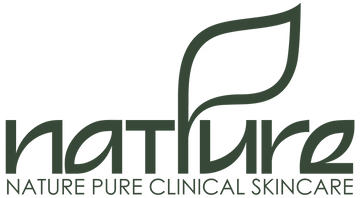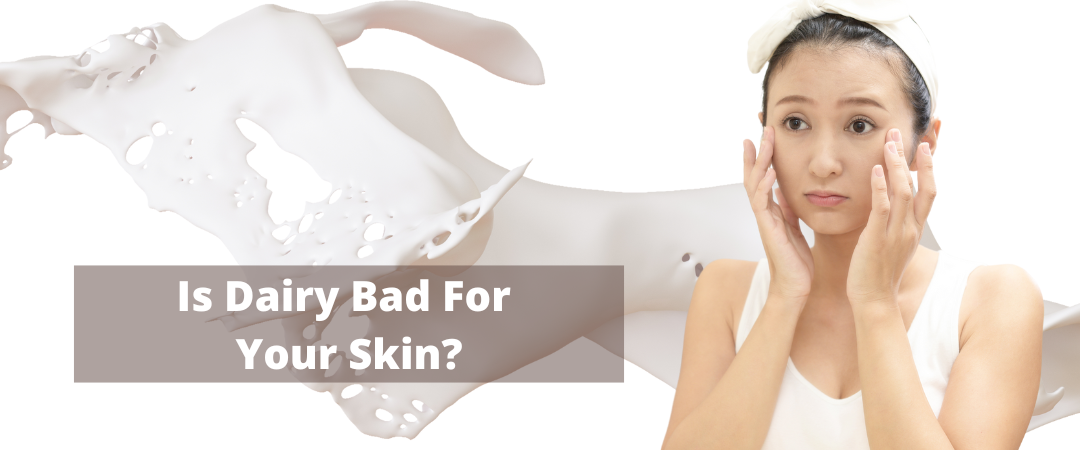Though we don’t have a Yes or No answer, we’ll highlight the specific qualities or components of dairy that can have a variety of effects on the skin.
While you might not have a lactose intolerance when it comes to your stomach, dairy consumption may be contributing to aging, acne, and inflammation on your skin.
The most common dairy product, milk, is singled out to be a problem factor. Researchers have carried out studies to determine whether milk is harmful to the skin. The findings showed that milk does in fact provoke acne and here’s why:
Acne
The hormones in milk can lead to acne and random breakouts. More specifically, the testosterone hormone increases sebum production resulting in oily skin which is connected to the formation of acne. When oils get trapped in the pores, it allows germs to run free. Thus, giving you inflamed red bumps.
Inflammation
Including dairy in your diet isn’t always the culprit that effects hormonal balance but when combined with other foods, it can disrupt insulin levels. Our bodies experience more inflammation and infection when insulin levels rise, leading to more breakouts and irritated skin.
If the inflammation is a chronic issue in the body, it will eventually affect the skin, leading to a deterioration of collagen, a quicker onset of fine wrinkles, and reduced skin health in general.
HOWEVER, topical milk protein has many benefits for the skin. In brief, incorporating milk into your skincare routine helps with:
– Fine lines/ wrinkles
– Works as a gentle exfoliator
– Evens out skin tone (pigmentation, discoloration, etc.)
– Stimulates new skin cell growth
– Moisturizing properties
The bottom line, no one knows your body than you and you’ll know how your skin and body generally responds to milk, and in what quantities your body is comfortable for you to consume.
WELLNESS TIP: A lot of the nutrients dairy provides can also be found in other foods, such as fruits, vegetables, and whole grains.
⭐Milk Protein Product Spotlight⭐

